Overview
Map
Other Details
كنيسة سيّدة البزاز
Beit Chabab
Metn
Mount Lebanon
كنيسة سيّدة البزاز - بيت شباببنتها عائلة غبريل سنة ١٨٣٥ في حيّ بيت الزعرور. تجدّدت سنة ١٨٧٥ وأعيد تكريسها على يد المطران نعمة الله سلوان سنة ١٩٠٦. في الكنيسة لوحتين مريميّتين الأولى هي العذراء المرضعة لداوود القرم تعود لسنة ١٨٨٢، والثانية أقدم عهدًا غير موقعة. ولوحة لمار الياس عمل حبيب سرور سنة ١٨٨٨، وأخرى لمار يوسف بلا توقيع.The church of our Lady of the Milk - Beit ChababThe church was built by the Ghobril family in 1835 in the area known as Beit el Zaarour. In 1875 it was renewed and reconsecrated by Bishop Nematullah Selwan in 1906. The church holds two marian paintings: the first by Dawoud El Qorm from 1882 representing the breastfeeding mother, the second one is older and not signed. It also contains a painting of St Joseph not signed, with another of St Elias by Habib Srour from 1888.
Visited 6018 times, 8 Visits today


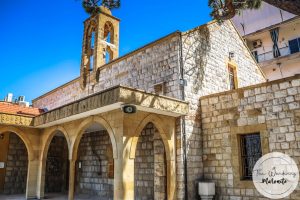

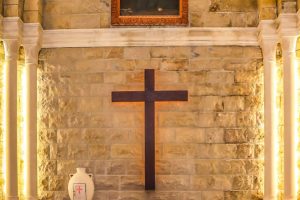

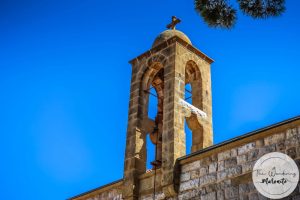

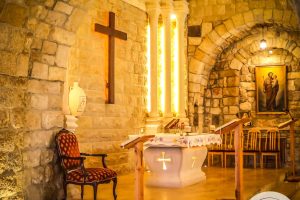









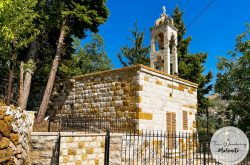
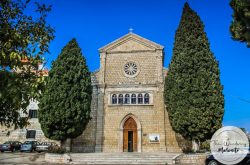

Reviews are disabled, but trackbacks and pingbacks are open.